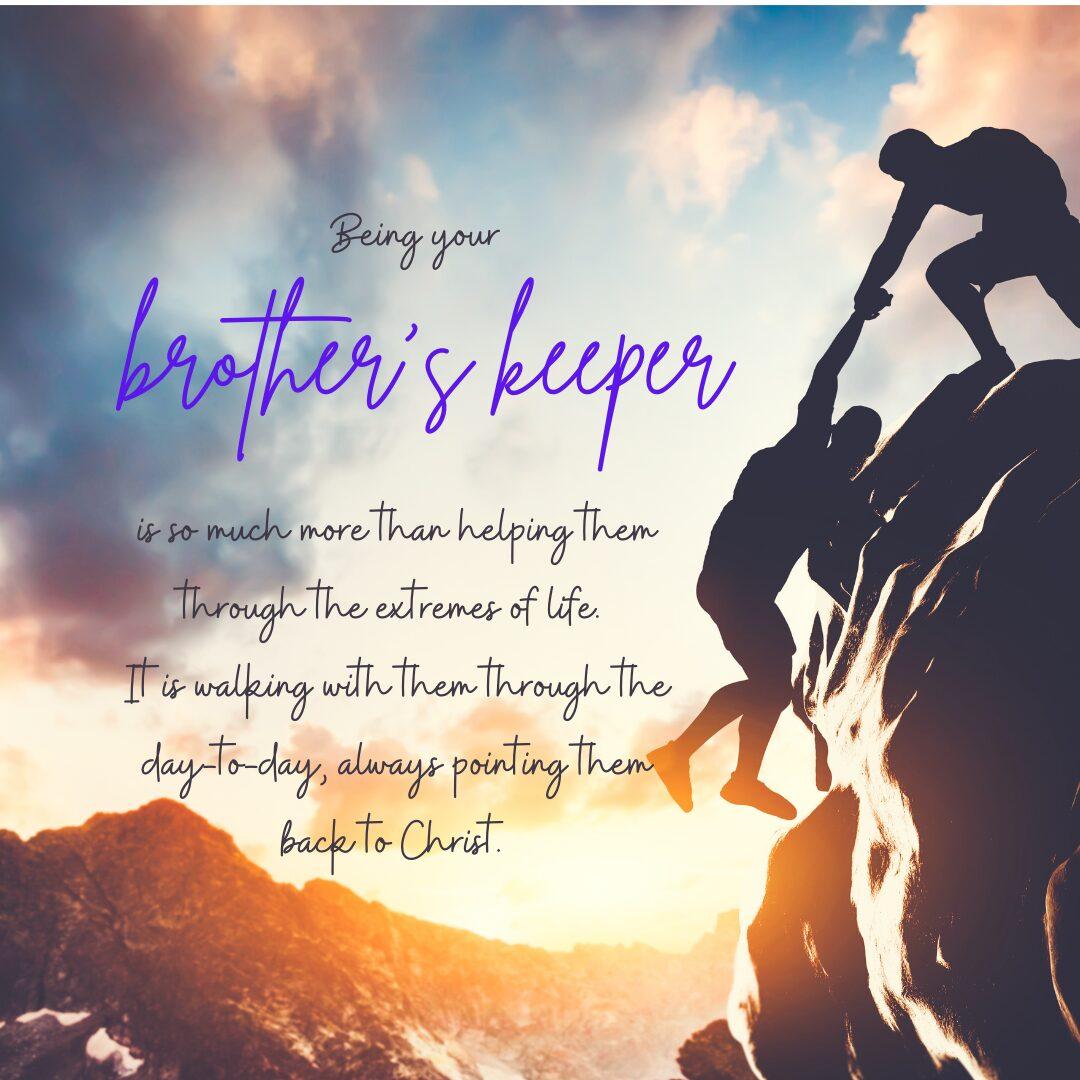After having seen a great number of diversely conceptualized Philippine ethnic and cultural stage presentations, I was certain that I’ve seen the best. But this changed when I was invited to watch Day By Day Christian Ministries’ KALOOB.
A non-denominational evangelical mega-church organization headquartered in Makati City, Philippines, Day By Day Christian Ministries or DBD was founded on June 6, 1985 in Riyadh, Saudi Arabia as a small fellowship of Overseas Filipino Workers (OFW) by Pastor Eduardo “Ed” Lapiz. Upon his return to the Philippines in 1991, he established the first congregation in Quezon City and since the new religious organization’s global expansion saw unprecedented growth.
Knowing quite well that the Philippines is a small country bountifully blessed with natural resources and a rich collection of ethnic dance and tribal song, DBD Ministries left no stone unturned as it presented the lost and forgotten cultural heritage that were once the life and soul of our ancestors.
In its dedicated intention to unravel these forgotten pieces of performing arts, DBD studied not only the material itself but the context in which it is used and the appropriate costumes, props, and instruments distinctly peculiar and genuinely ethnic to a particular region.
As it adheres to the promotion of understanding the diverse culture and true Filipino identity, DBD took the initiative to spearhead a noble undertaking of using parts of more than 300 redeemed songs and dances as profound offerings to the Almighty through the creation of KALOOB.
Throngs of spectators of all ages started to converge at Jewish Community Center of Bayonne along Kennedy Boulevard a couple of hours before the slated showtime last Saturday, June 1st. At 6:00 PM the venue was literally filled to the rafters and the program commenced with the traditional singing of the dual national anthems.
Pastor Alex Llames initiated the invocation, while a heartwarming welcome address was delivered by Pastor Cesar Z. Pasimio, Jr.. After this, an informative video presentation of the DBD Christian Ministries “Cultural Redemption” followed. It was a fitting prelude to the program proper.
“God loves variety. All His creations are meant to bring praise and glory to His Name but since the fall of man, its course has drastically drifted to different intention losing some ingenious cultural diversity,” Pastor Pasinio said in his message, adding, “It is for the purpose of reclaiming what has been lost that the Day By Day Christian Ministries has endeavored to lead God’s people in worship in accordance to His intention so we, Filipinos, can worship God as it pleases Him through the ministry we call KALOOB: the Filipino soul in dance and music.”
The cultural song and dance repertoire was divided into three equally interesting parts
PART I- The Lumad suite. The Lumads are indigenous peoples thriving in the lushly verdant forests of Mindanao, tranquilly co-existing between nature and among themselves. The Lumads comprise of the Manobos, Subanen, B’laan, T’boli, Talaandig, Tigwahanon, and other ethnic tribes who all have a colorful and rich culture that is surpassed only by their profound sense of spirituality. The guiding principle that led these people to live in a cycle of harmony and respect for their environment is to be one with nature and ultimately, God. To honor their values and timeless traditions, KALOOB pays tribute to these indigenous peoples of Mindanao through a showcase of songs and dances that are distinctly Lumad.
• The Dugso of the Manobos in Bukidnon is a ceremonial dance featuring prayer of thanksgiving and invocation for continued protection upon the birth of a male heir. The dance is visually electrifying with costumes designed to the smallest detail. Movements were shown with measured precision accompanied with heavy footwork pounding to implore soil spirits for a bountiful harvest. Solemnity reigned supreme in the absence of music with only the red lights creating an astonishingly mystical effect.
• Siring Buligi, a dance depicting varied daily activities, is popular among the Lambangians of Maguindanao from a lineage of Dulangan Manobo and Teduray intermarriage.
• Siring Ki Lawan is a Lambangian dance portraying the strive or combat between rice field preservers and an adversary who tries to ruin or destroy the crops. Both Siring Buligi and Siring Ki Lawan movements are physical and performed with agile exaggeration for emphasis
• Kadal-Onuk is a dance of the T’boli tribe from South Cotabato where women imitate the movements of the onuk bird through graceful arm and hand movement. The intricately sewn costumes accentuated with intricately decorated slaongs (wide brimmed hats) and helot or belt of fine interlocking bronze chains that gives a shrill sound as they walk or dance even made this piece an attention-getter.
• Manok-manok / Paunjalay dance imitates the sprightly movements of woodpeckers which appearance signals the beginning of the planting season. Paunjalay is usually danced during wedding ceremonies and other significant community events.
PART II- The Principalia suite: The Spanish colonization during the late 19th century gave rise to the socio-political upper class society composed of descendants of pre-colonial nobility who could afford to have time for cultural refinement and leisure. Dances during this era are fusions of Spanish jota, flamenco, bamboo castanets, canes, and fans.
• La Jota Rizal is a dance conceptualized in honor of the national hero which originated from the province of Rizal. With striped skirts, fully beaded “tapis” and embroidered panuelo, dancers execute their movements in charming fashion with the aid of tambourines.
• Tacon y Punta Danza, literally “heel and toe” that characterized such steps, originated from Oas, Albay which features stylized use of fans and de rigeur hand props.
• Habanera Botolena, named after its place of origin, Havana, Cuba, is Botolan, Zambales’ own interpretation of this lovely and gracefully complex dance. Originally performed for departing parish priests, now the festive dance is more performed in weddings, baptisms, and other social gatherings.
PART III- the Barrio suite: The peasants are noticeably the most outgoing, expressive, and fun-loving among the many Filipino social groups with dances that are superb metaphors of the Filipinos’ love and celebration of life.
• Fandanggo Obando is a fertility dance performed along the streets during the feast of Obando Bulacan’s patron saint Santa Clara. It has been associated with dancing-for-favor especially among childless couples.
• Subli, a dance that dates back to pre-colonial times, is a prayer danced and sang in honor of the holy cross of Bauan, Batangas. Coined from two tagalong words, Subsob (stoop) and Bali (bend), Subli is danced and sang to the rhythmic sound of the tugtugan (a native drum).
• Palo-Palo, men’s dance which originated from Ivana, Batanes depicting the skillful hand movements to exhibit strength and flexibility, was inspired by arnis de mano, a form of indigenous martial arts using rattan sticks.
• Binasuan, the popular native dance from Pangasinan which involves gentle and calculated dance movements while spinning and rolling wine-filled glasses on hands and heads.
• Maglalatik, an exuberant all-male dance performed to the rhythm of hand-held coconut shells struck against shells harnessed on the shoulders, knees, chests, and backs, which depicts a mock fight over “latik” (residue of sweetened coconut milk). This is performed in honor of the town’s patron saint, San Isidro Labrador.
• Tinikling, the world-renowned Filipino folk dance that that captured the hearts of every first-time watcher, showcases the Filipinos innate frolicsome nature while imitating the tikling bird’s movements. Requiring tremendous amount of stamina, précise movements, and graceful agility, tinikling, in religious context, also mirrors men’s triumph over evils and temptations.
Personal analysis and comments
The show was captivating in its entirety. Time went fleetingly unnoticed during the whole presentation that kept me wondering what magical power has possessed me during the more than an hour fast-paced stage production without complaint.
The songs were vocally impressive as if these were intentionally composed to hold the audience in a spell. Initially, the songs sounded like current pop hits. But the audience will soon realize that they were praise songs with the constant mention of “God” and “Hallelujah” in the chorus. The hymnal praise and adoration songs, without a doubt, were uniquely arranged and entertainingly interpreted. The relentlessly thunderous clapping after every number was more than vivid testimony of the production’s well-received performance.
The costumes, from my personal point of view as a fashion designer, were designed creatively with detailed elements sewn to perfection. Whether in complimentary colors or in coordinated hues, the interplay of materials and shades were definitely winning factors in the effective visualization and redeeming production value.
Although the “Maglalatik” version deviated from the commonly accepted bare top with glistening oiled skin with red-dyed loose cotton trousers, KALOOB’s own interpretation did not at all diminish the authentic essence of the all-male dance number even donned fully in white tees and royal blue rolled-up loose pants.
Minimalism played well in the stage production with muted props that effectively sent across the intended message. The black backing with draping of red created an infinity of depth and dimensional illusion which established a bigger-than-life silhouette of the performers sans destructing background and camouflaging objects.
Usually, after watching two or three numbers, I get tired and my patience is used up. But in watching KALOOB’s, I did not feel the same. For some reason, all of us at the audience were stuck to where they were seated and were glued to what they were watching.
As KALOOB’s logical tag line emphasized, “The story of the indigenous Filipinos is not written on paper, it is told in music and dance.” Day By Day Christian Ministries of New Jersey justifiably proved it through a lavishly conceptualized stage production of an intensively researched and masterfully choreographed cultural presentation. KALOOB’s enticing exuberance, unparalleled magnificence, and colossal artistry have successfully made the audience to completely surrender to a sublimely aesthetic cultural presentation. The message it has powerfully imparted has undoubtedly left an indelible mark that spurs dormant nationalism embedded within every Filipino.
At this point, credit should be given to where it’s due. First, I tip my hat to the KALOOB’s person who was in-charge of production Rino Alcantara for a very entertaining show. Ditto to the performers: Ehjay Abelo, Jezreel Abelo, Nerie Abelo, Des Abjelina, Miguel Albano, Grace Alcantara, Rino Alcantara, Marjelyn Alvarez, Thelma Baquilan, Amelia Byers, Lois Reyes, Shaira Cruz, Abigail Funelas, Kyle Funelas, Cathy Mayuga, Jeremy Pampo, Denise Quimpo, Brandon Ramdayal, Rowena Rivera, Cathy Garcia-Roasa, Andy Santos, Sam Sonsona, Mario Videna, Cathy Villacorta, and Beverly Zurita.
Congratulations to the Mang-aawit ng Pasyon group: Butch Albano, Rey Alcantara, Fely Alcantara, Fidel Diaz, Merlyn Oberio, Eleonore Pasinio, Gine Ramos and Shirley Tan.
Kudos to the production team’s dance choreographers Cathy Garcia-Roasa, Rino Alcantara, Rowena Rivera and Denise Quimpo. Ditto to the stage management team of Romy Alvarez, Irwin Capistrano, Lois Cruz, Anjou Guadalupe, Gerry Pampo, and Ben Funelas.
Congratulations to those in charge of Powerpoint and video presentation: DbDNJ Multi-Media Ministry; photography: John Tirona, Carlo Alejandro, and Rowena Rivera; videography: Tone Reel, Sheryl Garcia, Ted Reyes, Richard Saguirre, Roni Lao, and Paul Zurita; ushers and usherettes: Juanita Diaz, Clara Pamilacan, Fidel Diaz, Boy Oberio, Neima Almosa, and Marilyn Alvarez; lights and sounds: Mark Sacapano, Nap Llerena, Butch Albano, and Roy Abjelina; costumes and props: Rowena Rivera, Gerry Pampo, Elizabeth Rivera, Regina Duarte, and Letty Calica; souvenir ads and program: Claire Jalos, Mario Videna, Monette and Denise Quimpo; promotions: Butch Albano; tickets: Nerie Abeno; and admin and finance: Des Abjelina and Lanie Llerena.
For comments and suggestions, please email: [email protected]



